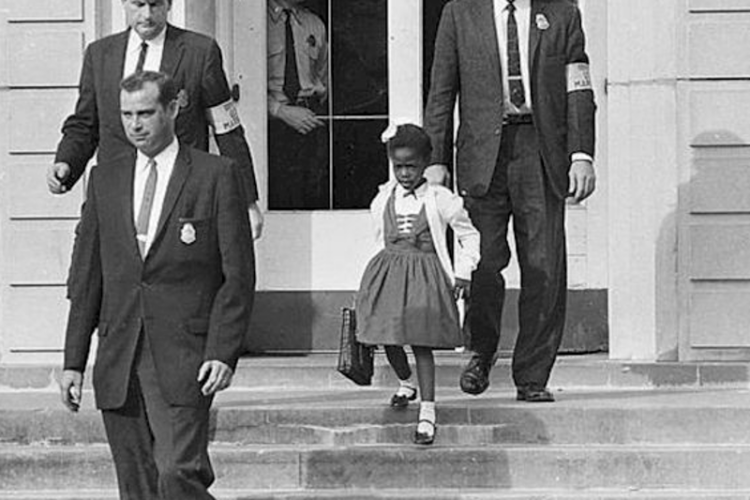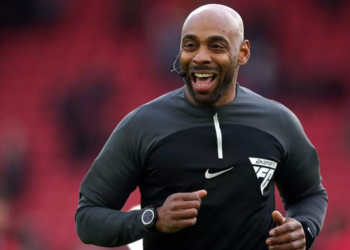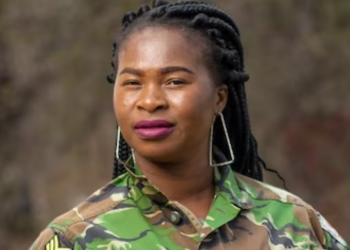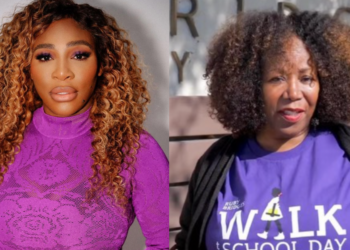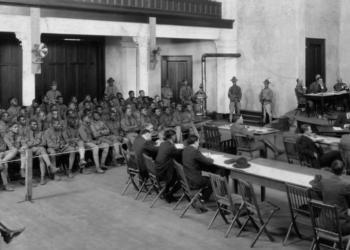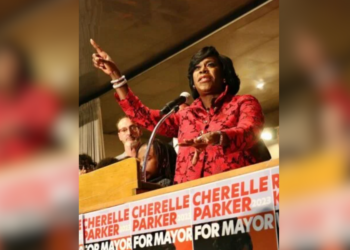The four women, known as the “New Orleans Four,” were reportedly recognized in various events over the weekend, honoring the 61st-anniversary of their integration. Facing a crowd of angry white protestors that morning, Gail Etienne, Tessie Prevost and Leona Tate entered McDonough 19 Elementary School in New Orleans, while Ruby Bridges set off to attend William Frantz Elementary nearby, according to the Associated Press.
This past Sunday, Etienne, Prevost and Tate were escorted to their former school by members of the U.S. marshal, similar to how they entered back in 1960. According to the Associated Press, three Black girls walked by their side as they made their way to the school, where marshals set up a flower wreath at the building.
On Friday evening, all four were reportedly honored with a tribute during a private video screening.
“When my daddy and I got out of the car, he just told me to take his hand and look forward.” The “New Orleans Four” are honored in ceremonies marking the anniversary of the 1960 integration of the city’s public schools. https://t.co/NITHTsNR6f
— The Associated Press (@AP) November 14, 2021
On Nov. 14, 1960, four 6-year-old Black girls made the brave decision to integrate into Louisiana area schools, ultimately changing their lives and community forever.
The former McDonough 19 first-graders were once the only students. After that, the Associated Press reported many parents decided to pull their white children from the New Orleans school.
Recalling what it was like to face the angry crowd on her way to school, Tate likened the experience to the Mardi Gras parades that she grew up attending, telling the Associated Press about the memory, “All I could see was police on horseback, holding the crowd back. And that’s the only thing I could relate to.”
Prevost also remembers that loud crowd 61 years ago, sharing with the outlet, “I really didn’t see the crowd. I could hear them. When my daddy and I got out of the car, he just told me to take his hand and look forward.” Revealing the fear that she felt when passing the screaming mob, Etienne added, “I was just afraid. I didn’t know what was going on and what they were thinking,”
Related Post: Illinois Bans Hairstyle Discrimination For Schools With New Legislation
Bridges, who attended a formerly all-white New Orleans school on the same day, gained prominence after her integration of William Frantz was covered throughout the media. In 1964, she was featured in Norman Rockwell’s painting “The Problem We All Live In,” which depicted her walking beside U.S. marshals with the n-word scrawled in graffiti behind her and tomato being thrown in her direction, reflecting the violent pushback that white communities displayed in response to integration.
There’s beenno confirmation if Bridges was able to attend this past weekend’s events.


